Cat Ba Archipelago: Vietnam’s Hidden Gem
The central hub of Cat Ba features a chain of low-rise concrete hotels along its bay, a contrast to the untouched wildness of the rest of the island. Despite the overdevelopment in Cat Ba Town, the nearby idyllic Lan Ha Bay captures the visitor’s admiration. Our initial two nights were spent at Hung Thang Hotel, immersed in the island vibe. Atop Cannon Fort, photo enthusiasts captured stunning sunset scenes, a spot made historic by a visit from President Ho Chi Minh in 1959, who also marked the Cat Ba Fisheries Port during his stay.
Cannon Fort, perched near three beaches and known locally as High Peak 177, offers panoramic views of the island. A short 15-minute journey from Cat Ba Town and a leisurely 20-minute stroll leads visitors to the fort. From here, the landscape is a dramatic contrast of green limestone karsts and vibrant fishing boats scattered around the beaches and the town itself.

In Cat Ba National Park, we embarked on an early morning trek to escape the summer heat and potentially spot wildlife. Led by our guide, Van Anh, we explored the short trail to Ngu Lam Peak and the surrounding Kim Giao Forest. The two-and-a-half-kilometer educational trail at the park introduced us to the unique flora and fauna of the island. Highlights included visits to the Trung Trang and Quan Y caves, which were thoroughly impressive.

Van Anh explained that Cat Ba National Park, established in 1986, spans 152 acres, 15 kilometers from Cat Ba Town. It’s one of Vietnam’s few protected areas that encompass both marine and terrestrial ecosystems. A trek through the limestone mazes to Frog Lake in the heart of the park reveals a freshwater swamp forest vital for the local water supply, surrounded by primary forest.
Adjacent to the Halong Bay World Heritage Site, the Cat Ba Biosphere Reserve is an exemplary karst landscape by the sea, featuring 366 islands with steep and dramatic topography. The larger islands like Cat Ba itself are lush with tropical monsoon forest. Recognized as a World Biosphere Reserve in 2004, the area is crucial for its biodiversity, including the golden-headed langur, one of the world’s rarest primates. The reserve also supports vital habitats such as coral reefs and mangrove forests, though these are under threat from human encroachment.

The island’s economy is bolstered by its fishing industry, agricultural potential, and emerging nature-based tourism. Local products like Cat Ba Honey and Cat Hai Fish Sauce are celebrated, and archaeological sites provide insights into the region’s ancient Bac Son Culture.
From Beo Seaport, a brief bus ride from Cat Ba town, we boarded a wooden boat to explore Lan Ha Bay. The largest floating village in Tonkin Bay was a highlight, showing the early tourism stages still dominated by backpackers. During our cruise, we admired the secluded Monkey Island and its serene beaches, accessible only by boat.

The journey included biking to a village where the absence of motor vehicles preserved the tranquility, punctuated only by the distant sounds of wildlife. We reached the secluded Ba Trai Dao Beaches after a brief cruise, showcasing the understated beauty Vietnam tends to keep secret. Later, a kayaking trip in Hang Ca, known for its dark coves, concluded our adventure, reminding us of the unique and rare biodiversity Cat Ba harbors, including the 60 golden-headed langurs that call this island home.

